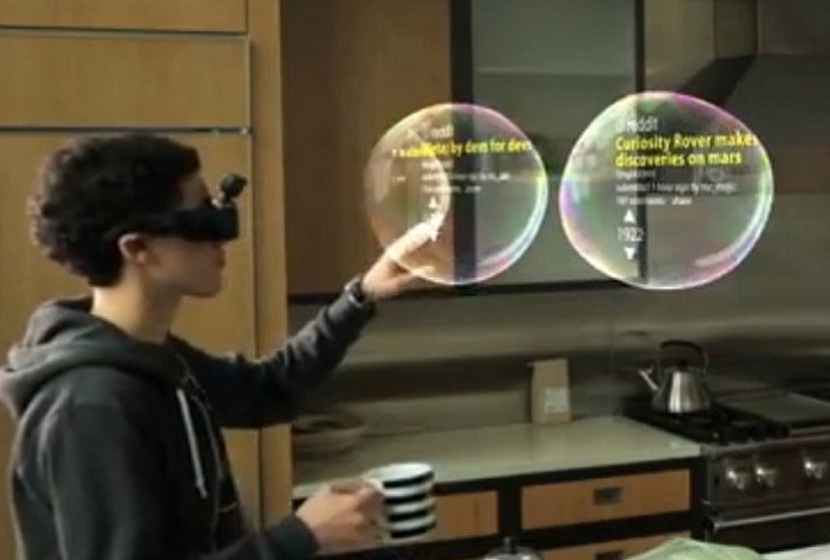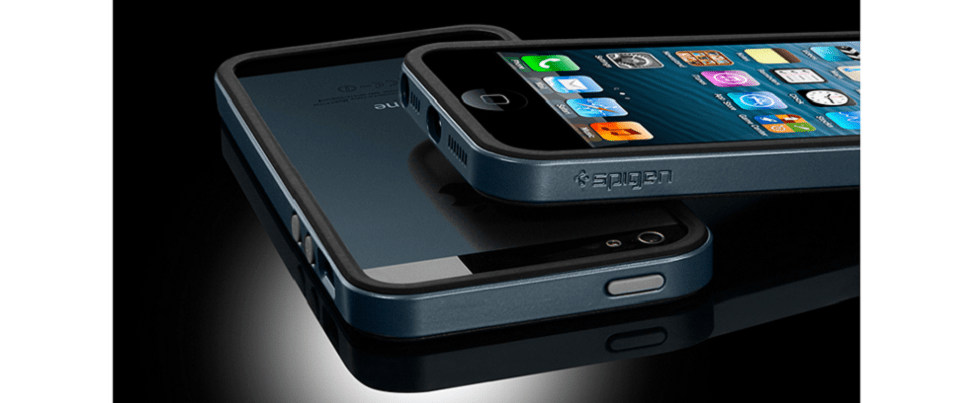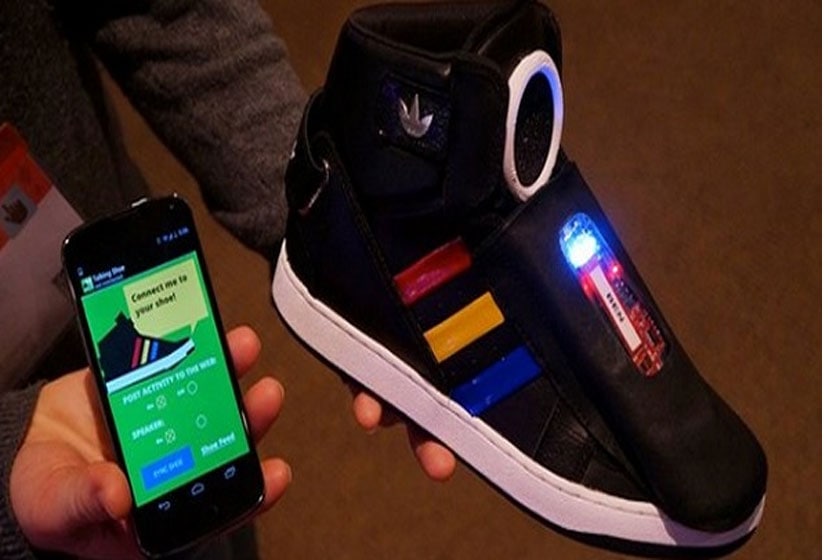La start-up Meta, issue de la Columbia University, a créé en partenariat avec Epson des lunettes à réalité augmentée qui permettent aux objets virtuels d’être contrôlés dans l’espace 3D en utilisant des gestes de la main.
Fondée par Meron Gribetz en Décembre 2012 et par le professeur Steven Feiner, un développeur expérimenté dans le domaine de la technologie de la réalité augmentée, la start-up américaine a pour objectif d’aller un peu plus loin que d’autres prototypes de réalité augmentée qui offrent simplement de l’affichage superposée numérique avec un contrôle limité.
 La configuration en deux parties est constituée d’une paire de lunettes immersives à vision transparente avec une caméra de type Kinect 3D Microsoft montée sur le dessus. La caméra dispose d’un logiciel de suivi de mouvement qui suit les mains d’une personne dans l’espace 3D afin qu’elles puissent interagir avec des objets virtuels en utilisant des gestes de la main.
La configuration en deux parties est constituée d’une paire de lunettes immersives à vision transparente avec une caméra de type Kinect 3D Microsoft montée sur le dessus. La caméra dispose d’un logiciel de suivi de mouvement qui suit les mains d’une personne dans l’espace 3D afin qu’elles puissent interagir avec des objets virtuels en utilisant des gestes de la main.
Ce nouveau système de réalité augmentée est en phase de développement et n’existe que sous la forme d’un prototype pour le moment. Il a été créé en utilisant les lunettes d’affichage portables d’Epson, le Moverio BT-100, modèle vendu dans le commerce pour 600 euros, qui projette des images en 2D ou en 3D depuis les branches des lunettes sur les lentilles qui affichent une résolution de 960 x 540 pixels. Le verre transparent permet tout de même de voir l’environnement, ce qui facilite un usage nomade, de telle sorte que l’on peut se déplacer tout en étant immergé dans un environnement virtuel.
Ces lunettes Moverio se contrôlent avec un petit boîtier muni d’un pavé tactile qui repose sur le système d’exploitation mobile Android 2.2 Froyo.
La détection du positionnement des mains est rendu possible grâce à l’emploi concurrent d’une caméra 3D à faible latence. Dans le prototype, la caméra vient surmonter les lunettes. Le but de cette association est de permettre à celui qui revêt le dispositif d’interagir avec ses mains avec son environnement réel mais également avec un monde virtuel.
De la vraie réalité augmentée
Pour créer son application de réalité augmentée, Meta a donc modifié les lunettes en installant un capteur de mouvement sur la monture. Un logiciel de suivi des gestes permet de contrôler des objets virtuels du bout des doigts.
Dans la vidéo de démonstration présentée sur son site Internet, Meta livre quelques exemples d’applications. On voit un jeune homme chez lui en train de consulter sa page Facebook, qui se superpose sur une fenêtre de son appartement. D’un pouce levé, il envoie un « j’aime » pour réagir à un post qu’il a reçu. Il consulte des actualités en ligne qui s’affichent dans des bulles en 3D qu’il fait tourner comme sur un carrousel. Pour lire un article, il agrippe une bulle puis ouvre sa main comme pour l’étaler devant lui.
« Nous proposons de la vraie réalité augmentée, pas juste une fenêtre qui jaillit dans un coin de l’écran », affirme Meta dans sa vidéo promotionnelle.
Pour le moment, la jeune entreprise n’a pas finalisé ce produit, qu’elle présente comme une plateforme à partir de laquelle des développeurs tiers pourront créer toutes sortes d’applications. On songe en premier lieu aux jeux vidéo, qui peuvent largement exploiter ce genre de technologie mêlant réel et virtuel, mais également au commerce en ligne.
{module[348]}












